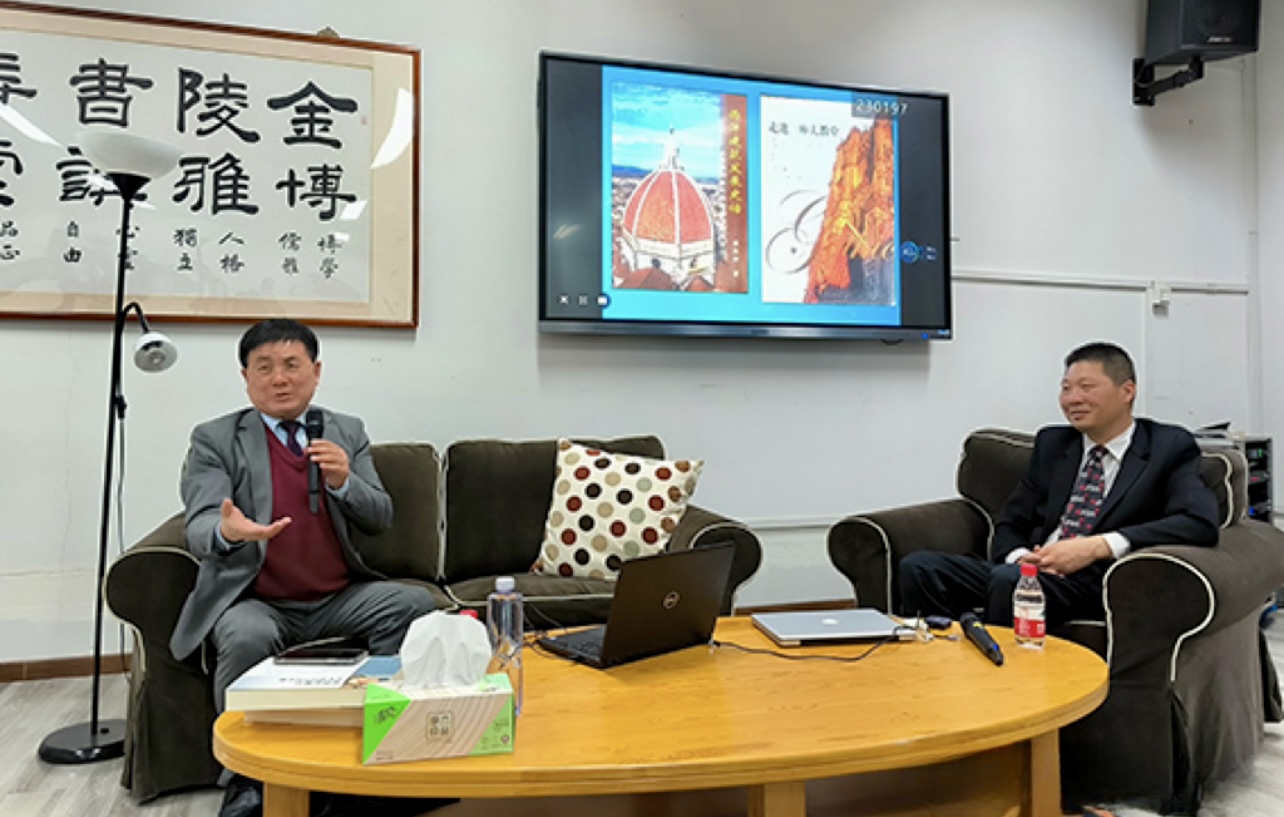The national seminary hosted a themed book club meeting on “Codes of European Church Art,” encouraging students to explore church art with Chinese features.
On March 22, Professor Xu Zhenglin of Shanghai University was invited to share during the book club meeting “Codes of European Church Art” at the Nanjing Union Theological Seminary’s library, reported the seminary.
Professor Xu stated that churches were important public places in European history. Before the Roman Empire declared Christianity the state religion, Christians worshiped in their homes or even in tombs. The Tabernacle of the Old Testament served as the church's prototype. Later, early churches were often simple and plain on the outside while lavishly adorned on the inside.
From Professor Xu’s view, the construction of churches encouraged the development of architectural styles, contributed to the inheritance of culture, and promoted cultural exchanges between different regions. He presented photos of different European church buildings from various periods and regions, as well as related church art, including Basilica, Romanesque, and Byzantine, which blended both Eastern and Western cultures, as well as Gothic and Baroque styles, etc.
He stated that from the 18th century to the present, church architecture has returned to a classical design that emphasizes simplicity and proportion. Modern church architecture stresses material and technological innovation, as well as the building's function and utility.
When analyzing the shapes of European churches, Xu concluded that Gothic church architecture conveys the greatest religious symbolism.
Subsequently, the professor introduced the religious themes in European church architecture and current trends in rising church architecture.
- Translated by Poppy Chan












